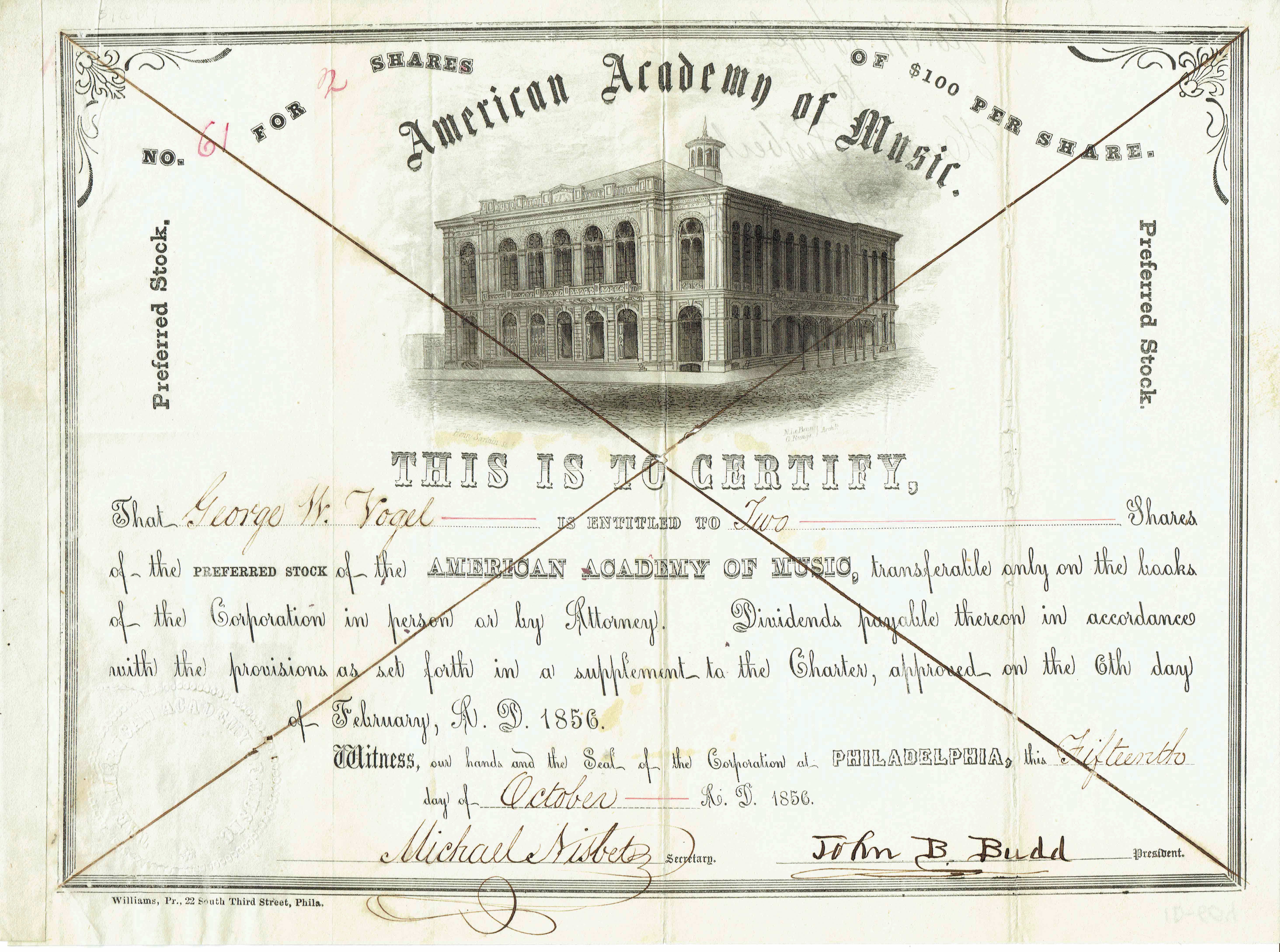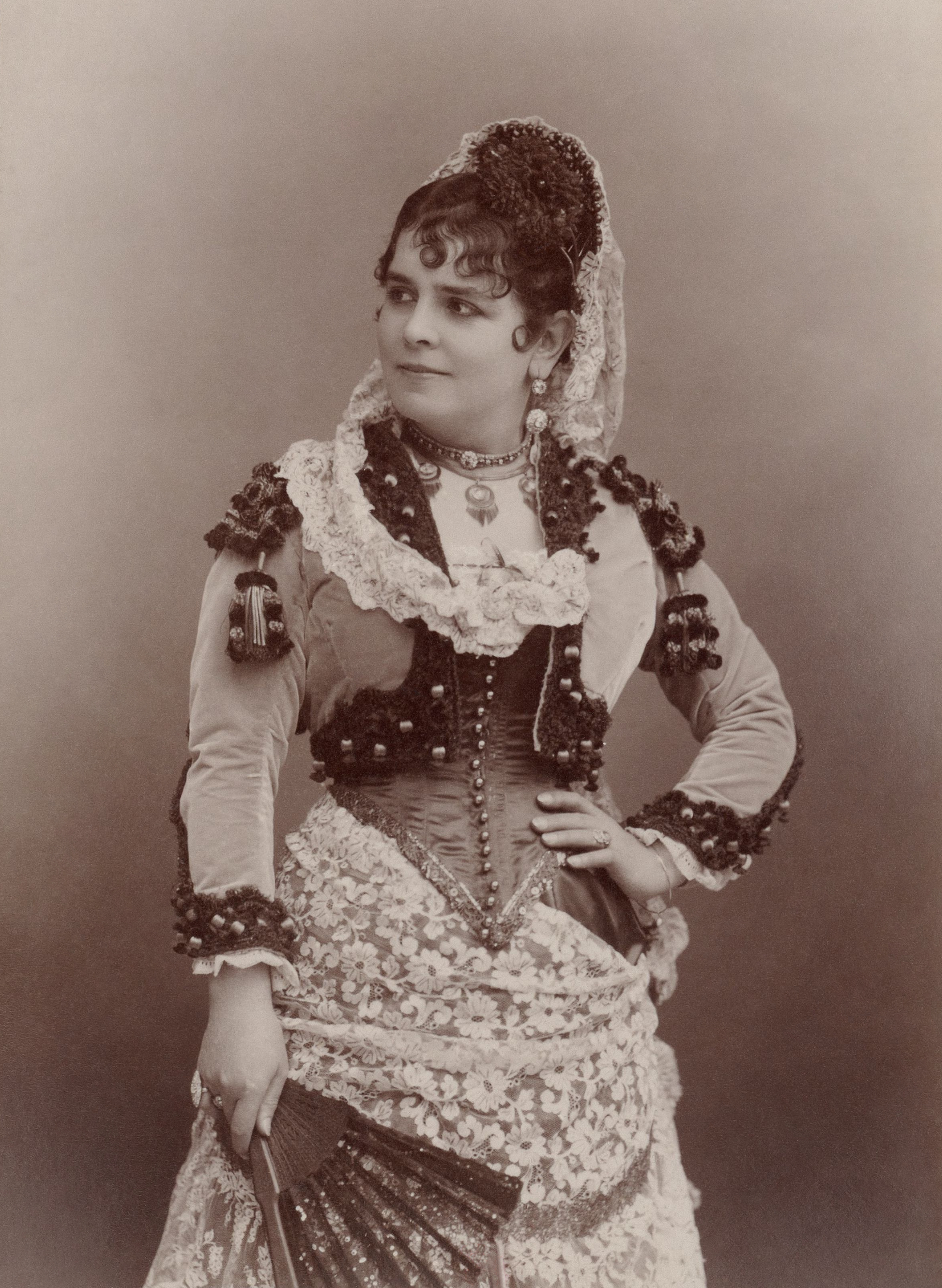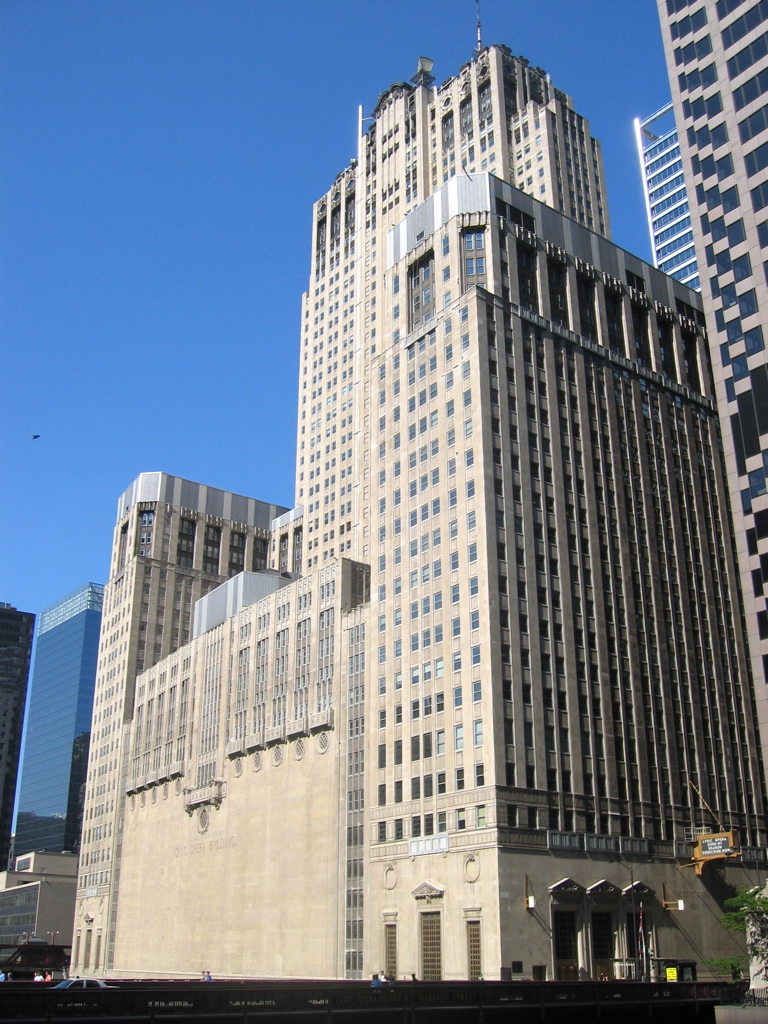|
Carol Toscano
Carol Toscano is an American operatic soprano who appeared frequently with a number of prominent American opera companies from 1962 to 1972. Afterwards she continued to perform in concerts and operas with less frequency. More recently she has appeared as a concert singer of works from the Great American Songbook. In her early career she won several prominent singing competitions. Life and career Born and raised in the Philadelphia area, Toscano studied singing with Marinka Gurewich, Claire Gelda, and Floria Mari. In 1960 she won third prize in the Marian Anderson Singing Competition and first prize at the American Opera Auditions in Cincinnati which led to her opera debut in 1961 as Rosina in Rossini's ''The Barber of Seville'' at the Teatro Nuovo in Milan, Italy. In 1962 she won the Metropolitan Opera National Council Auditions. That same year she made her debut at Carnegie Hall as Alice in Rossini's ''Le comte Ory'' under conductor Thomas Schippers with the American Opera ... [...More Info...] [...Related Items...] OR: [Wikipedia] [Google] [Baidu] |
Opera
Opera is a form of theatre in which music is a fundamental component and dramatic roles are taken by singers. Such a "work" (the literal translation of the Italian word "opera") is typically a collaboration between a composer and a librettist and incorporates a number of the performing arts, such as acting, scenery, costume, and sometimes dance or ballet. The performance is typically given in an opera house, accompanied by an orchestra or smaller musical ensemble, which since the early 19th century has been led by a conductor. Although musical theatre is closely related to opera, the two are considered to be distinct from one another. Opera is a key part of the Western classical music tradition. Originally understood as an entirely sung piece, in contrast to a play with songs, opera has come to include numerous genres, including some that include spoken dialogue such as '' Singspiel'' and '' Opéra comique''. In traditional number opera, singers employ two styles of ... [...More Info...] [...Related Items...] OR: [Wikipedia] [Google] [Baidu] |
Academy Of Music (Philadelphia)
The Academy of Music, also known as American Academy of Music, is a concert hall and opera house located at 240 S. Broad Street in Philadelphia, Pennsylvania. Its location is between Locust and Manning Streets in the Avenue of the Arts area of Center City. The hall was built in 1855–57 and is the oldest opera house in the United States that is still used for its original purpose. Known as the "Grand Old Lady of Locust Street," the venue is the home of the Philadelphia Ballet and Opera Philadelphia. It was also home to the Philadelphia Orchestra from its inception in 1900 until 2001, when the orchestra moved to the new Kimmel Center for the Performing Arts. The Philadelphia Orchestra still retains ownership of the Academy. The hall was designated a National Historic Landmark in 1962.Charles E. Shedd Jr., et al. (December 1979) , National Park Service and History The Academy of Music held an inaugural ball on January 26, 1857. At the time ''The New York Times'' described ... [...More Info...] [...Related Items...] OR: [Wikipedia] [Google] [Baidu] |
The Nose (opera)
''The Nose'', Op. 15, (russian: Нос, translit=Nos, links=noThe title in Russian (, Nos) is the reverse of the Russian word for "dream" ( Son).), is Dmitri Shostakovich's first opera, a satirical work completed in 1928 based on Nikolai Gogol's 1836 story of the same name. Style and structure The opera was written between 1927 and 1928. The libretto is by Shostakovich, Yevgeny Zamyatin, Georgy Ionin, and Alexander Preis. Shostakovich stated it was a satire on the times of Alexander I. The plot concerns a Saint Petersburg official whose nose leaves his face and develops a life of its own. Gogol's original work was expanded by borrowing from some of his other works, including "The Overcoat", ''Marriage'', " Diary of a Madman", and '' Dead Souls'' as well as ''The Brothers Karamazov'' (1881) by Dostoyevsky. The latter occurs in act 2, scene 6, where Kovalyov returns home to find Ivan singing. The song is Shostakovich's setting of the words of part 2, book 5, chapter 2 of ''Karamaz ... [...More Info...] [...Related Items...] OR: [Wikipedia] [Google] [Baidu] |
Arabella
''Arabella'', Op. 79, is a lyric comedy, or opera, in three acts by Richard Strauss to a German libretto by Hugo von Hofmannsthal, their sixth and last operatic collaboration. Performance history It was first performed on 1 July 1933 at the Dresden Sächsisches Staatstheater. The opera received its premiere in the UK on 17 May 1934 at London's Royal Opera House. Two decades later, on 10 February 1955, it was performed at the Metropolitan Opera in New York with Eleanor Steber in the title role. The Met has given numerous performances of the work since that date. At the 2008 Helpmann Awards, the production by Opera Australia won the Award for Best Opera. < ... [...More Info...] [...Related Items...] OR: [Wikipedia] [Google] [Baidu] |
Santa Fe Opera
Santa Fe Opera (SFO) is an American opera company, located north of Santa Fe, New Mexico. After creating the ''Opera Association of New Mexico'' in 1956, its founding director, John Crosby (conductor), John Crosby, oversaw the building of the first opera house on a newly acquired former guest ranch of . The company has presented operas each summer festival season since July 1957, and is internationally known for introducing new operas as well as for its productions of the List of important operas, standard operatic repertoire. Since its inception, Santa Fe Opera has staged 43 American premieres and 15 world premieres, as of 2017. General history John Crosby, who was a New York-based conductor, founded the company in 1956, initially with the financial support of his parents, who helped in the acquisition of the land and the building of the first opera house. One goal was to give American singers the opportunity to learn and perform new roles while having ample time for rehearsa ... [...More Info...] [...Related Items...] OR: [Wikipedia] [Google] [Baidu] |
König Hirsch
' (in English, ''The Stag King'') is an opera in three acts by Hans Werner Henze to a German libretto by after ''Il re cervo'', a theatrical fable (1762) by Carlo Gozzi. He revised it as ''Il re cervo'', premiered in 1963 at the Staatstheater Kassel. Performance history ' was first performed in a drastically shortened version by the Städtische Oper Berlin on 23 September 1956 in the Theater des Westens with staging by Jean-Pierre Ponnelle and conducted by Hermann Scherchen as a highlight of the Berliner Festwochen 1956. It was rewritten as '', '' (The Stag King or The Odysseys of Truth) and performed at the Staatstheater Kassel on 10 March 1963. This version was also produced at the Santa Fe Opera on 4 August 1965. The complete, original form of ''König Hirsch'' was given for the first time on 5 May 1985 at the Staatsoper Stuttgart. Roles Synopsis The king, who has been cast into the forest as a child by the governor, returns to his kingdom. However he is tricked by the gov ... [...More Info...] [...Related Items...] OR: [Wikipedia] [Google] [Baidu] |
Hans Werner Henze
Hans Werner Henze (1 July 1926 – 27 October 2012) was a German composer. His large oeuvre of works is extremely varied in style, having been influenced by serialism, atonality, Stravinsky, Italian music, Arabic music and jazz, as well as traditional schools of German composition. In particular, his stage works reflect "his consistent cultivation of music for the theatre throughout his life". Henze was also known for his political convictions. He left Germany for Italy in 1953 because of a perceived intolerance towards his leftist politics and homosexuality. Late in life he lived in the village of Marino in the central Italian region of Lazio, and in his final years still travelled extensively, in particular to Britain and Germany, as part of his work. An avowed Marxist and member of the Italian Communist Party, Henze produced compositions honoring Ho Chi Minh and Che Guevara. At the 1968 Hamburg premiere of his requiem for Che Guevara, titled ''Das Floß der Medusa'' (' ... [...More Info...] [...Related Items...] OR: [Wikipedia] [Google] [Baidu] |
Ariadne Auf Naxos
(''Ariadne on Naxos''), Op. 60, is a 1912 opera by Richard Strauss with a German libretto by Hugo von Hofmannsthal. The opera's unusual combination of elements of low commedia dell'arte with those of high opera seria points up one of the work's principal themes: the competition between high and low art for the public's attention. First version (1912) The opera was originally conceived as a 30-minute divertissement to be performed at the end of Hofmannsthal's adaptation of Molière's play ''Le Bourgeois gentilhomme.'' Besides the opera, Strauss provided incidental music to be performed during the play. In the end, the opera occupied ninety minutes, and the performance of play plus opera occupied over six hours. It was first performed at the Hoftheater Stuttgart on 25 October 1912, directed by Max Reinhardt. The combination of the play and opera proved to be unsatisfactory to the audience: those who had come to hear the opera resented having to wait until the play finished. ... [...More Info...] [...Related Items...] OR: [Wikipedia] [Google] [Baidu] |
The Magic Flute
''The Magic Flute'' (German: , ), K. 620, is an opera in two acts by Wolfgang Amadeus Mozart to a German libretto by Emanuel Schikaneder. The work is in the form of a ''Singspiel'', a popular form during the time it was written that included both singing and spoken dialogue. The work premiered on 30 September 1791 at Schikaneder's theatre, the Freihaus-Theater auf der Wieden in Vienna, just two months before the composer's premature death. Still a staple of the opera repertory, its popularity was reflected by two immediate sequels, Peter Winter's ''Das Labyrinth oder Der Kampf mit den Elementen. Der Zauberflöte zweyter Theil'' (1798) and a fragmentary libretto by Johann Wolfgang von Goethe titled ''The Magic Flute Part Two''. The allegorical plot was influenced by Schikaneder and Mozart's interest in Freemasonry and concerns the initiation of Prince Tamino. Enlisted by the Queen of the Night to rescue her daughter Pamina from the high priest Sarastro, Tamino comes to a ... [...More Info...] [...Related Items...] OR: [Wikipedia] [Google] [Baidu] |
Aida
''Aida'' (or ''Aïda'', ) is an opera in four acts by Giuseppe Verdi to an Italian libretto by Antonio Ghislanzoni. Set in the Old Kingdom of Egypt, it was commissioned by Cairo's Khedivial Opera House and had its première there on 24 December 1871, in a performance conducted by Giovanni Bottesini. Today the work holds a central place in the operatic canon, receiving performances every year around the world; at New York's Metropolitan Opera alone, ''Aida'' has been sung more than 1,100 times since 1886. Ghislanzoni's scheme follows a scenario often attributed to the French Egyptologist Auguste Mariette, but Verdi biographer Mary Jane Phillips-Matz argues that the source is actually Temistocle Solera. Elements of the opera's genesis and sources Isma'il Pasha, Khedive of Egypt, commissioned Verdi to write an opera to celebrate the opening of the Suez Canal, but Verdi declined. However, Auguste Mariette, a French Egyptologist, proposed to Khedive Pasha a plot for a celebratory ... [...More Info...] [...Related Items...] OR: [Wikipedia] [Google] [Baidu] |
Carmen
''Carmen'' () is an opera in four acts by the French composer Georges Bizet. The libretto was written by Henri Meilhac and Ludovic Halévy, based on the Carmen (novella), novella of the same title by Prosper Mérimée. The opera was first performed by the Opéra-Comique in Paris on 3 March 1875, where its breaking of conventions shocked and scandalised its first audiences. Bizet died suddenly after the 33rd performance, unaware that the work would achieve international acclaim within the following ten years. ''Carmen'' has since become one of the most popular and frequently performed operas in the classical Western canon, canon; the "Habanera (aria), Habanera" from act 1 and the "Toreador Song" from act 2 are among the best known of all operatic arias. The opera is written in the genre of ''opéra comique'' with musical numbers separated by dialogue. It is set in southern Spain and tells the story of the downfall of Don José, a naïve soldier who is seduced by the wiles of th ... [...More Info...] [...Related Items...] OR: [Wikipedia] [Google] [Baidu] |
Lyric Opera Of Chicago
Lyric Opera of Chicago is one of the leading opera companies in the United States. It was founded in Chicago in 1954, under the name 'Lyric Theatre of Chicago' by Carol Fox, Nicola Rescigno and Lawrence Kelly, with a season that included Maria Callas's American debut in ''Norma''. The company was re-organized by Fox in 1956 under its present name and, after her 1981 departure, it has continued to be of one of the major opera companies in the United States. The Lyric is housed in a theater and related spaces in the Civic Opera Building. These spaces are now owned by the Lyric. Opera in Chicago 1850–1954 The first opera to be performed in Chicago was Bellini's ''La sonnambula'', presented by a traveling opera company on 29 July 1850. Chicago's first opera house opened in 1865 but was destroyed in the Great Fire of Chicago in 1871. The second opera house, the Chicago Auditorium, opened in 1889. In 1929 the current Civic Opera House on 20 North Wacker Drive was opened, though ... [...More Info...] [...Related Items...] OR: [Wikipedia] [Google] [Baidu] |






